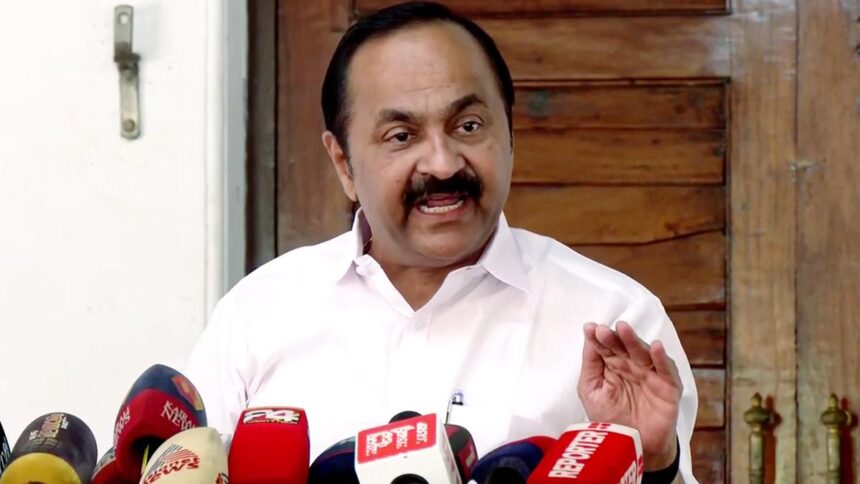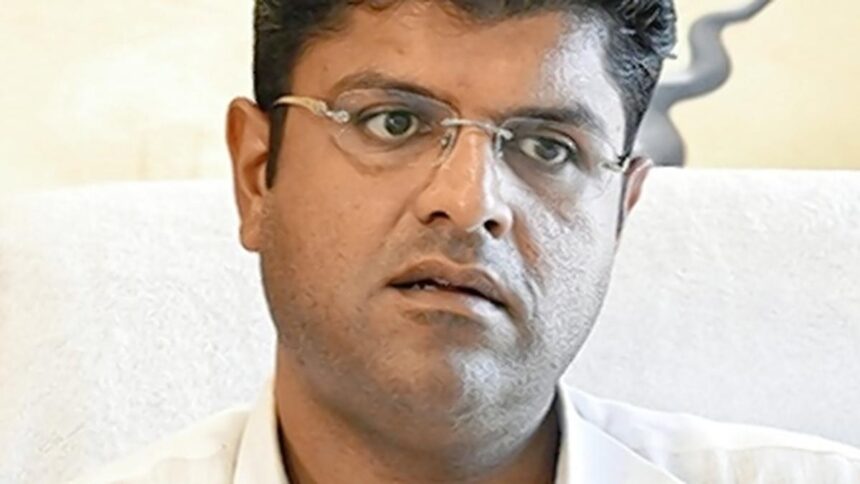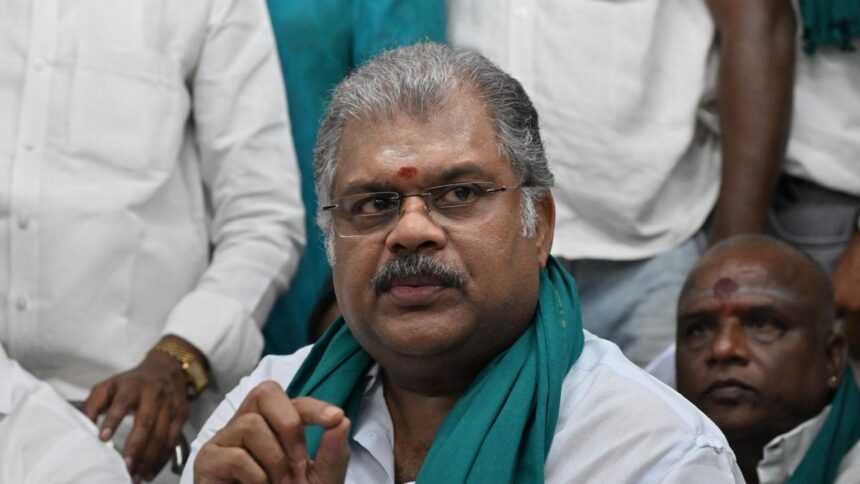The Kerala High Court has directed the State police to initiate steps without delay to provide training and the necessary equipments to police officers to use e-Sakshya or any other suitable platform.
This will help document searches and seizures, crime scenes of offences punishable by more than seven years, and confessional or witness statements that can be recorded on video, the court said. Developed by the National Informatics Centre (NIC) e-Sakshya assists the police in recording crime scenes, searches, and seizures, and to upload them to a cloud-based platform.
Stating that the Bharatiya Nagarik Suraksha Sanhita (BNSS) provisions expressly require that critical investigative steps be documented with audio-video recordings and the collection and integration of that forensic evidence from the outset, a Division Bench of Justice Raja Vijayaraghavan V. and Justice K.V. Jayakumar said that this is crucial to improve the quality of investigations and to ensure integrity and accountability from the investigating officers.
In the past, a typical crime scene examination involved the village officer sketching a rough map of the scene and a police officer preparing a scene mahazar by hand. Thus, vital evidence could be missed or remain undocumented, and disputes often arose later about what was recovered or said at the scene. Today, by law, the same scene must be videotaped, photographed, and forensically examined, and the digital records are required to be preserved. This dramatic leap in capability, from the pencil-and-paper era to a digital evidence ecosystem, is certainly a change for the better.
Obligatory
The provision in BNSS creates a mandatory duty for police to audio-visually record the entire process of searching for any place or person and of seizing any property or evidence. In effect, the police are now obligated to videotape a search or seizure. This is crucial as it brings transparency to searches, deterring any planting or tampering with evidence and protects probe officers from false allegations. The immediate submission of the video to a magistrate adds a layer of accountability and preserves the chain of custody, the court said, while considering an appeal against a judgment of 2019 by an Additional Sessions Court, Pathanamthitta where the appellant Suresh was charged for murder in 2015 of a man who was his close relative and also his neighbour. He was subsequently sentenced to life imprisonment.
The appellant had allegedly pushed the deceased who fell into a drain and suffered serious injuries. He died 12 days later.
The court said that it is distressing to note the irresponsible and careless manner in which the probe was done. Absolutely nothing is discernible from the scene plan and mahazar regarding the nature and topography of the property in question. It remains a matter of serious concern as to why law enforcement agencies in the State continue to show little or no regard to the proper documentation of the crime scene before the trial court, it noted. Allowing the appeal, it set aside the life imprisonment awarded by the trial court and acquitted the appellant.
Published – July 26, 2025 04:48 pm IST





















